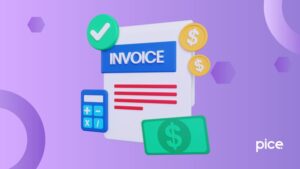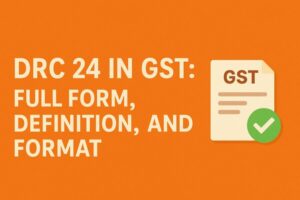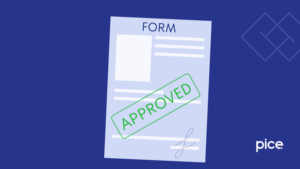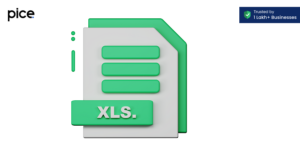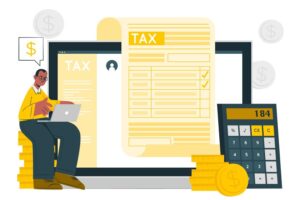DRC 14 in GST: Full Form, Meaning, and Types
- 15 Jul 25
- 6 mins
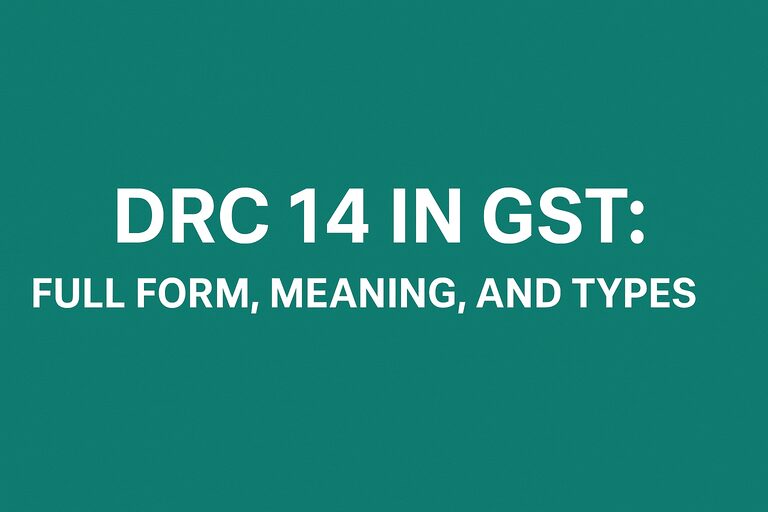
DRC 14 in GST: Full Form, Meaning, and Types
Key Takeaways
- DRC-14 is a certificate issued when tax dues are recovered from a third party under GST.
- It confirms that the liability demanded in DRC-13 has been fully paid by the third person.
- This process is governed by Rule 145 of the CGST Rules for recovery from third parties.
- Issuance of DRC-14 clears the third party from further tax liability related to that case.
- It is a vital compliance document for businesses to prove lawful discharge of tax dues.
Under the Goods and Services Tax (GST) system, the government has created a set of forms to manage tax demands and recover unpaid dues. These are known as DRC forms and are used in dealing with notices, vendor payments and others, and responses to tax matters.
One of them is DRC 14 in GST, which is used in the recovery process. In this blog post, we will explain what DRC forms are, how DRC-14 is used, and why it is important for businesses and individuals.
Introduction to DRC 14 in GST
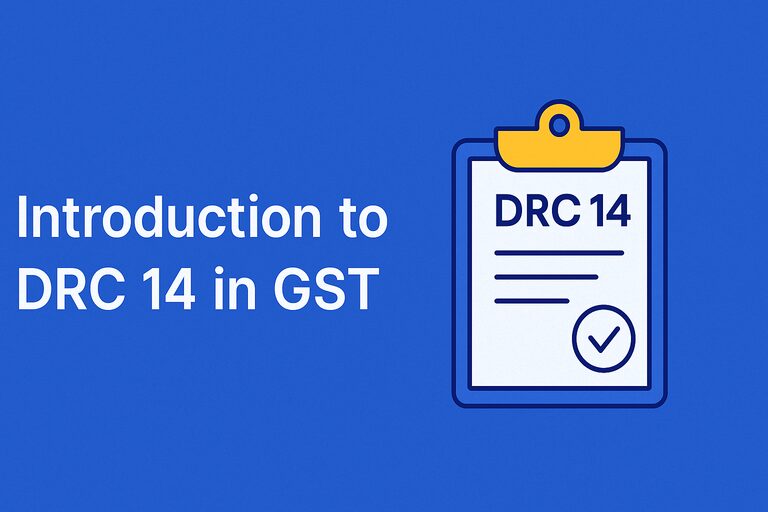
DRC 14 in GST is a certificate that is issued by the GST officer (also called the proper officer) in case the tax amount is recovered from a third party. It ensures that the amount demanded in an earlier form (DRC-13) has been paid in full.
So, keep reading to understand this with a simple example:
Let us assume that a taxable person has some tax arrears to the government, but he or she does not pay. In such a case, the GST officer may issue a notice (DRC-13) to a third person, for instance, a client or a business partner who is expected to provide some amount of money to that particular taxpayer. The officer tells the third person that he should pay the amount owed to the government directly.
If the third person comes up with the intimation of payment made for the amount, the GST officer issues Form DRC-14 to the third person as proof that the liability has been cleared.
This process is backed by Rule 145 of the CGST Rules, which deals with recovery from a third person.
Purpose and Use of DRC 14
DRC 14 in GST is used to formally record that a third person or the default person(to whom the DRC-13 notice was issued) has paid the dues. This certificate proves that the liability has been discharged and that the third party is no longer liable for the same.
This helps:
- The third-party gets a clean record of compliance.
- The tax authorities keep track of the voluntary payment of tax.
- The defaulter’s records are to be updated with the recovery.
The format of DRC-14 includes details like:
- Name of the payer (third party)
- Amount paid
- Details of the taxpayer whose dues were cleared
- Signature of the jurisdictional officer
Why and When Is DRC 14 Issued?
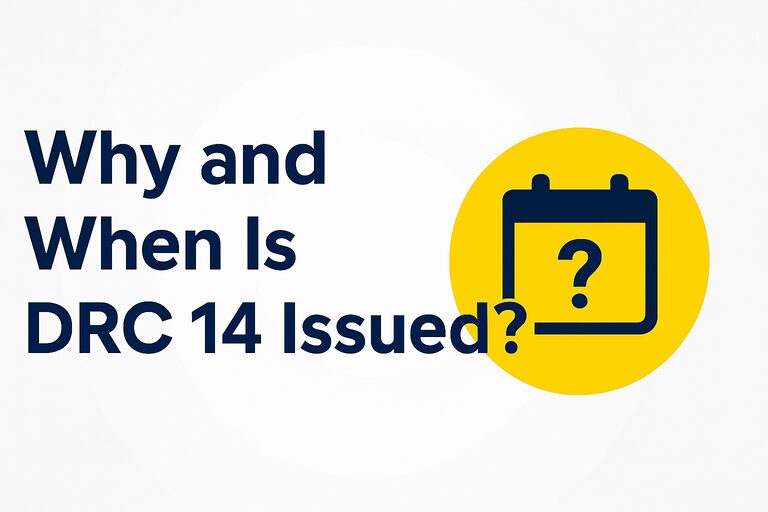
DRC-14 is issued only when the third person has paid as per the DRC-13 notice. This is normally the case in recovery cases where:
- The payment is not voluntary and is made by the taxpayer.
- Provisional attachment of property has been instituted.
- The tax officer after issuance is compelled to collect dues by contacting vendors or clients of the defaulting taxpayer.
This method helps in fast-tracking recovery proceedings without needing to go through time-consuming auctions or asset seizures.
What Happens After DRC-14 Is Issued?
Once the proper officer issues DRC-14 certificate, you can expect the following:
- That amount is no longer the liability of the third party.
- The taxpayer’s dues are adjusted accordingly.
- That amount needs no fresh notice.
- Other forms like DRC-05, can be used to close proceedings for that portion.
This makes DRC-14 a crucial part of the closing of proceedings initiated under recovery.
Conclusion
For any business that has done its GST registration, knowledge of DRC 14 in GST is very essential, especially in cases of audits or recovery. Filing returns or paying taxes is not a one-time thing. It's just as much about knowing what happens when things go wrong and how to fix it legally and smoothly.
For a business owner, finance manager, or vendor, tracking such forms helps avoid unnecessary penalties and easy vendor management and business compliance.
💡If you want to streamline your invoices and make payments via credit or debit card or UPI, consider using the PICE App. Explore the PICE App today and take your business to new heights.
FAQs
What is DRC-14 in GST and when is it issued?
What is the relationship between DRC-13 and DRC-14?
Who can receive a DRC-14 certificate?
What details are mentioned in the DRC-14 form?
Name and GSTIN of the third party (payer)
Amount paid and the date of payment
Name of the defaulting taxpayer whose liability was cleared
Reference to the DRC-13 notice
Signature and seal of the jurisdictional GST officer
This format ensures legal validity and transparency.
 By
By 






